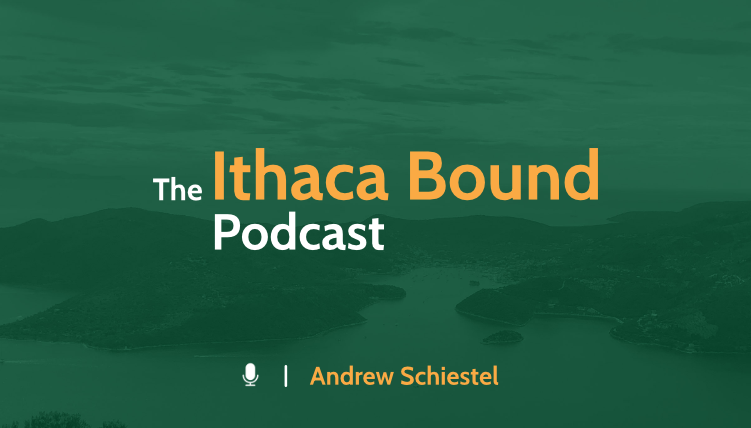The Principality of Catalonia encompassed Barcelona, and in the fourteenth century, was part of the Crown of Aragon. Dr Jeff Fynn-Paul, Leiden University, joins the show to talk about what urban life was like in this part of the Mediterranean Basin in the period.
Some topics explored
- The Principality of Catalonia’s geographic demarcation
- Catalonia’s governmental relationship to Barcelona and the Crown of Aragon
- Barcelona maritime trade and its influence in the Mediterranean Basin
- Its primary languages being Catalan and Occitan
- Barcelona had approximately 40-50,000 people at its height in the century, prior to the Black Death; many other urban centres having around 10,000 inhabitants
- What urban life was like in various urban centres in the principality
- The Black Death and how it impacted Catalonia in the century
- The plague returning two other times in the century (three waves in total)
- Professions: Scribes, lawyers, notaries, apothecaries, craftsman
- Manufacturing driving urban life
- A feudal relationship not existing in urban life
- Households and family life
- The role of adult men and women in households
- Education being available to boys and girls, and funded by municipalities
- Economics and commerce
- Inhabitants increasing the use of slavery in the century in response to the deaths from the Black Death, and large-scale emancipation in the following century (15th century), and it being very uncommon by the 16th century
- The Black Death arriving in the principality in May, 1348. In urban centres, approximately 50% of people in the cities died; in rural approximately 30% of people died—when combining the two figures, approximately 40% of the population in Catalonia
- Town governments ceased to function in some places for up to two years
- Religion in this area including discussing Christians, Muslims and Jewish
- Many being opposed in the century to the Christian church
- Women and agency during the period
- Government administration that supported urban life
- Laws in the period that affected urban life
Listen to the episode
The episode can be streamed below and is also available on major podcast apps: Apple Podcasts, Spotify, and Amazon Music.
Show Notes
- Dr Fynn-Paul is author of the monographs The Rise and Decline of an Iberian Bourgeoisie: Manresa in the Later Middle Ages, 1250–1500 (Cambridge University Press, 2015) and Family, Work, and Household in Late Medieval Iberia: A Social History of Manresa at the Time of the Black Death (Routledge, 2018)



Comments are closed, but trackbacks and pingbacks are open.